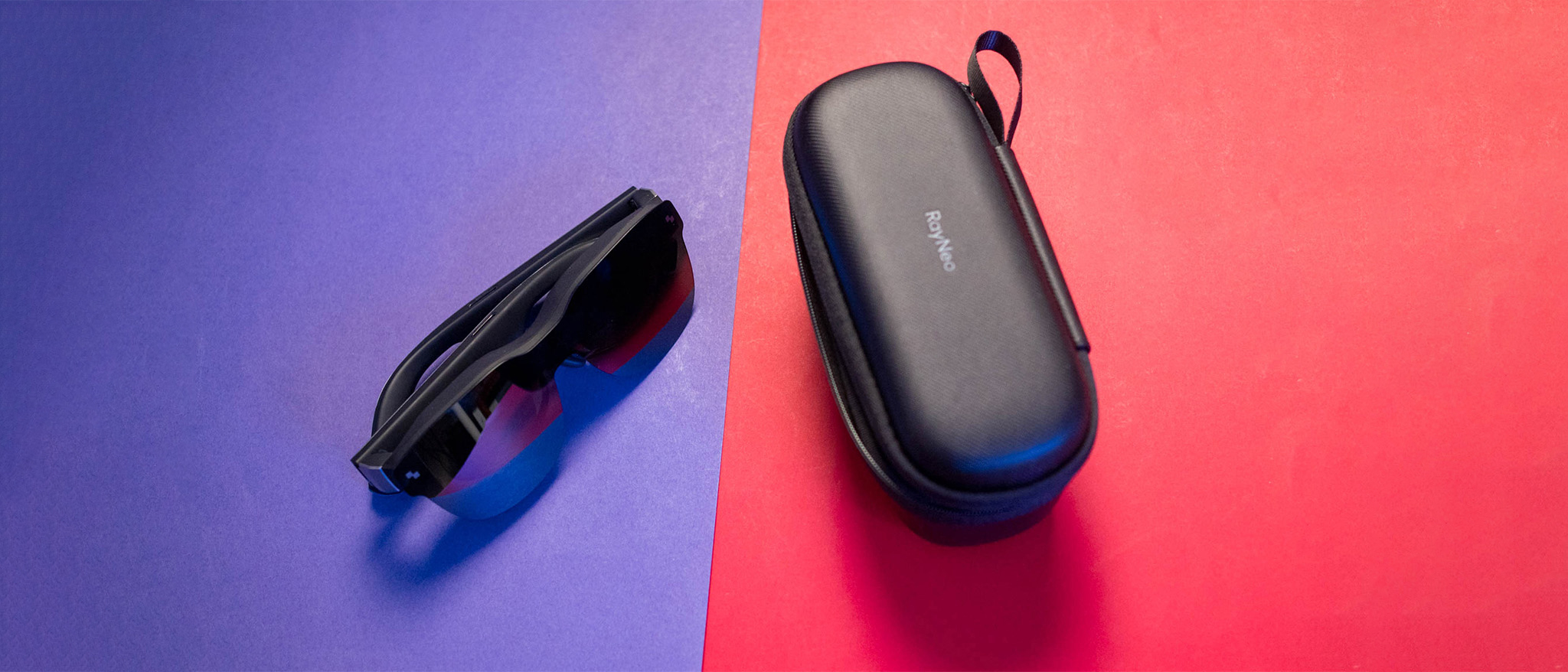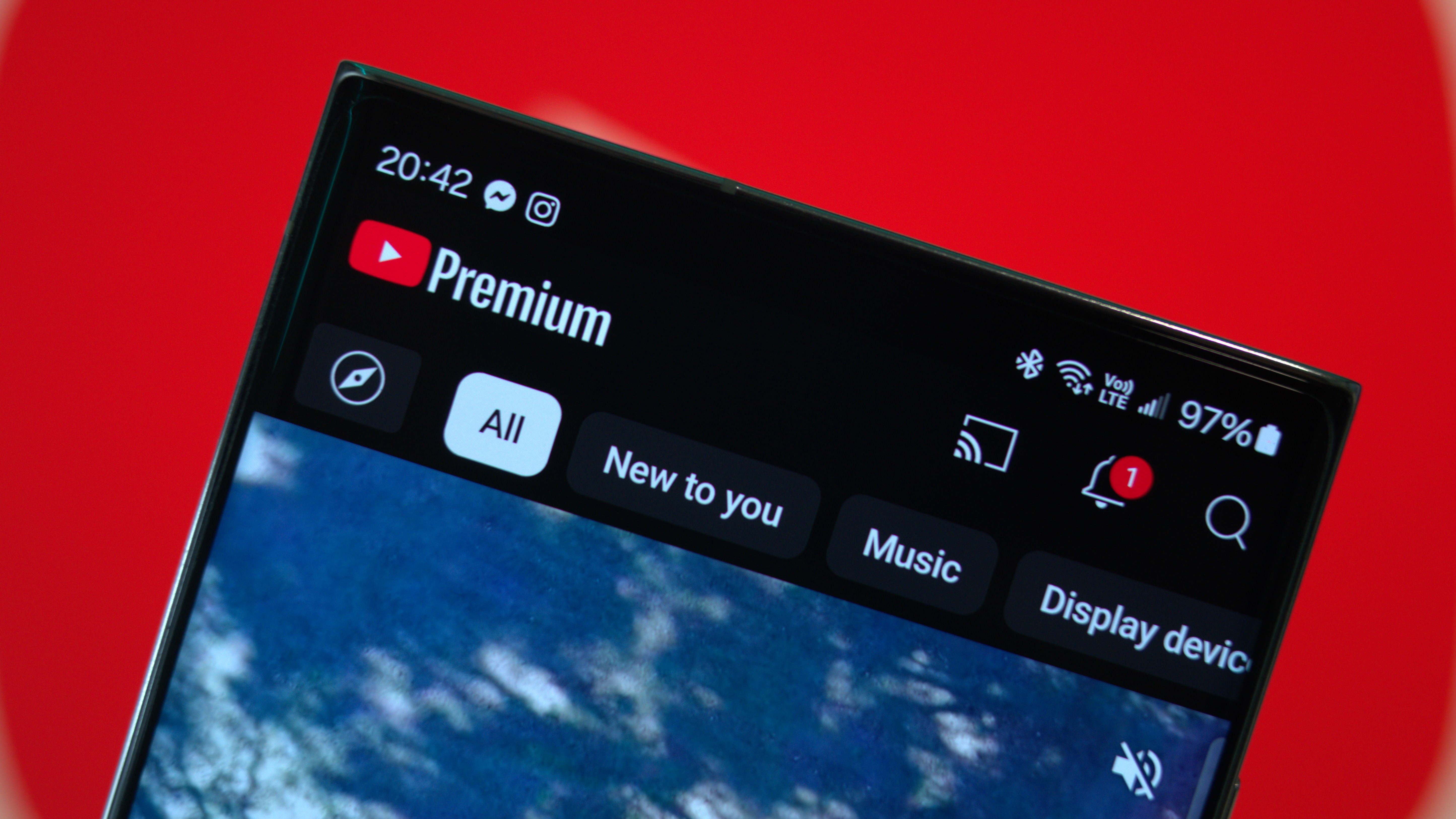Android Central Verdict
With the Air 3S, RayNeo crafted what may possibly be the best budget XR glasses. The glasses are lighter than their predecessor, and you still get a massive 201-inch micro-OLED panel with vibrant colors and good contrast levels. RayNeo added useful eye protection features, and the glasses connect easily to your phone, tablet, Windows and macOS machine as well as handheld gaming console. The design isn't the most comfortable around, and the glasses let in ambient light, but if you're curious about what XR glasses have to deliver, you should get your hands on these.
Pros
- +
Vibrant micro-OLED panel with 3840Hz dimming
- +
Fringing not as evident as previous models
- +
Hassle-free connectivity
- +
Lighter design
- +
Great onboard sound
- +
Standout value+
Cons
- -
Takes a while to get the right fit
- -
Front shade lets in light
Why you can trust Android Central
RayNeo is carving out a niche on the back of budget-focused XR glasses; I used the Air 2 and Air 2S quite a bit in the last year, and with the Air 3S, the brand is aiming to solidify its position in this category. The Air 3S provide a 201-inch micro-OLED panel that you can take anywhere, and they have much better sound than previous models.
While fringing was an issue in the past, RayNeo made considerable progress in this area, and it wasn't as big a problem on the Air 3S. The glasses are lighter as well, and they get 3840Hz DC dimming along with a new image engine with better colors. The glasses connect to just about any USB-C device, and I didn't see any issues using it with my Vivo X200 Pro and Steam Deck.
The best part is the value; these glasses undercut their rivals considerably, and if you're interested in XR glasses to deliver better immersion while gaming or watching movies, the Air 3S are a great starting point.
RayNeo Air 3S: Release date and availability
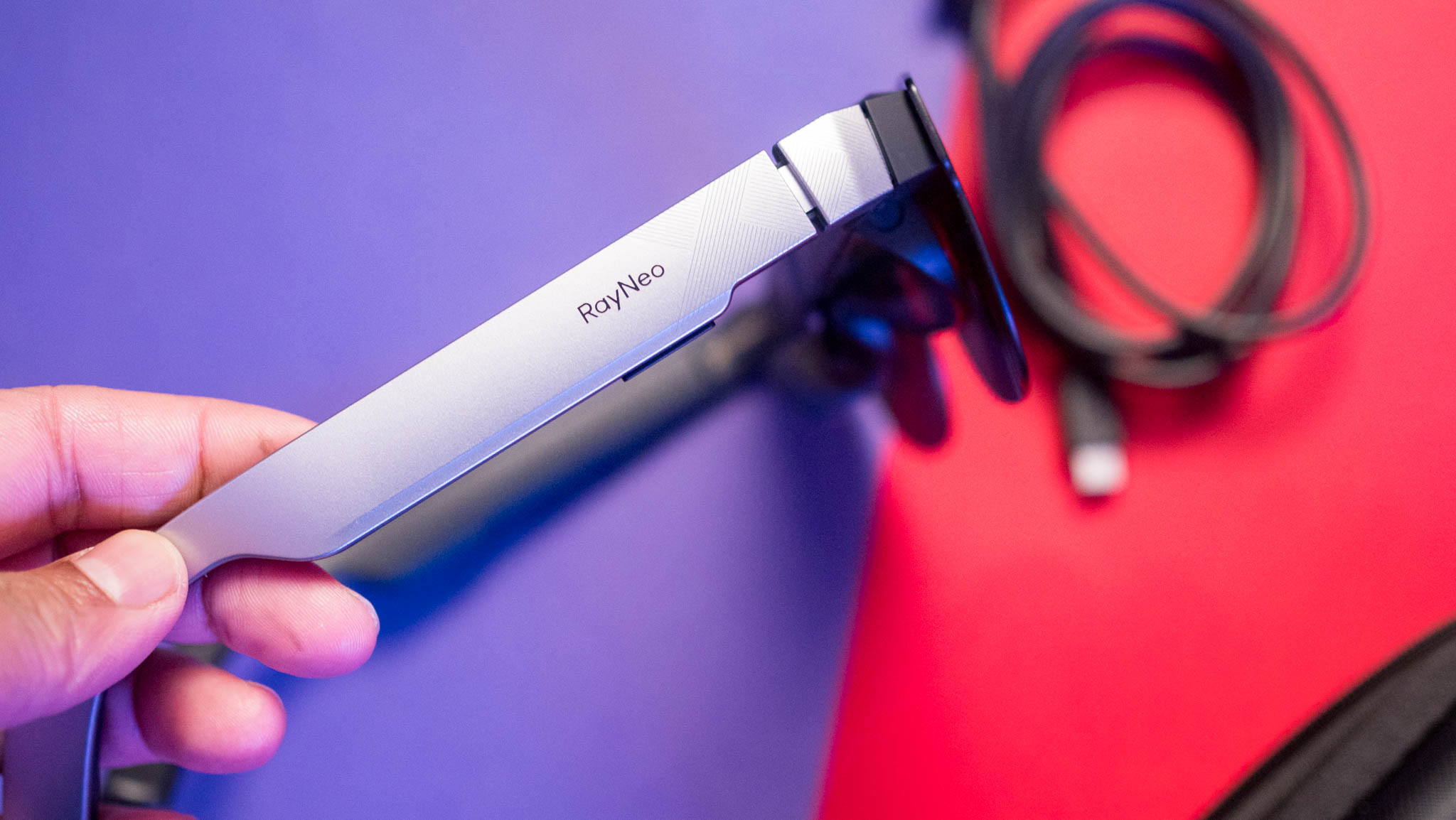
RayNeo launched the Air 3S on March 15, 2025, and the XR glasses are now available globally. They retail for just $239 on Amazon as of writing (including a $30 code), and the standard package includes the glasses and a carrying case.
RayNeo also sells a bundle that includes its Pocket TV accessory, and it's basically a portable Google TV device with a built-in battery that lets you view content without your phone. The bundle comes out to $322, and I recommend getting it if you intend to primarily stream TV shows and movies with the device.
RayNeo Air 3S: Design
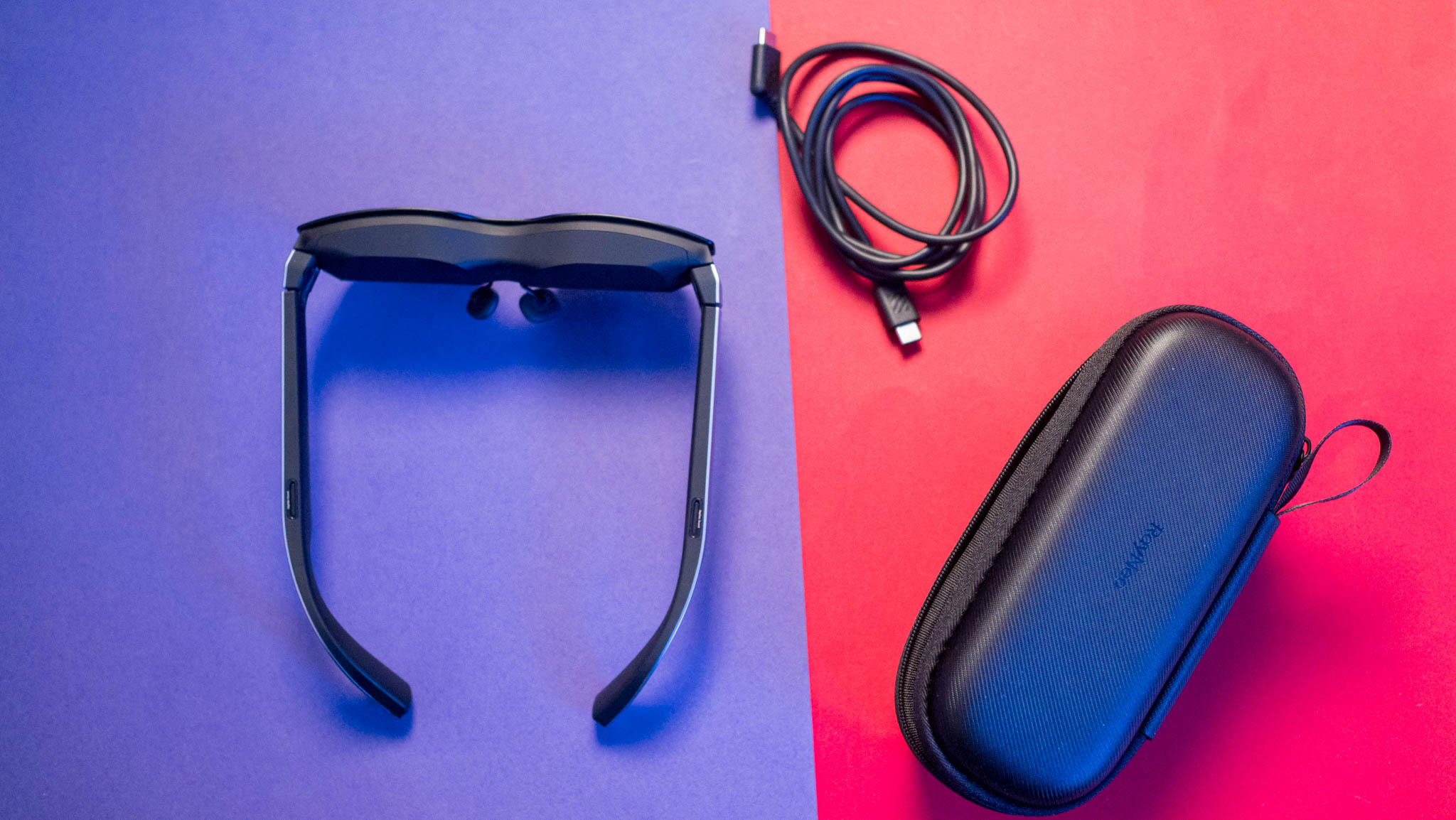
RayNeo retained the same overall design for the Air 3S, but the glasses now get a silver frame that looks much better. They're made out of plastic, and going this route allowed RayNeo to save weight, with the glasses coming in at just 76g. That's a smidgen lighter than the Air 2S (78g), and the lightweight frame is comfortable.
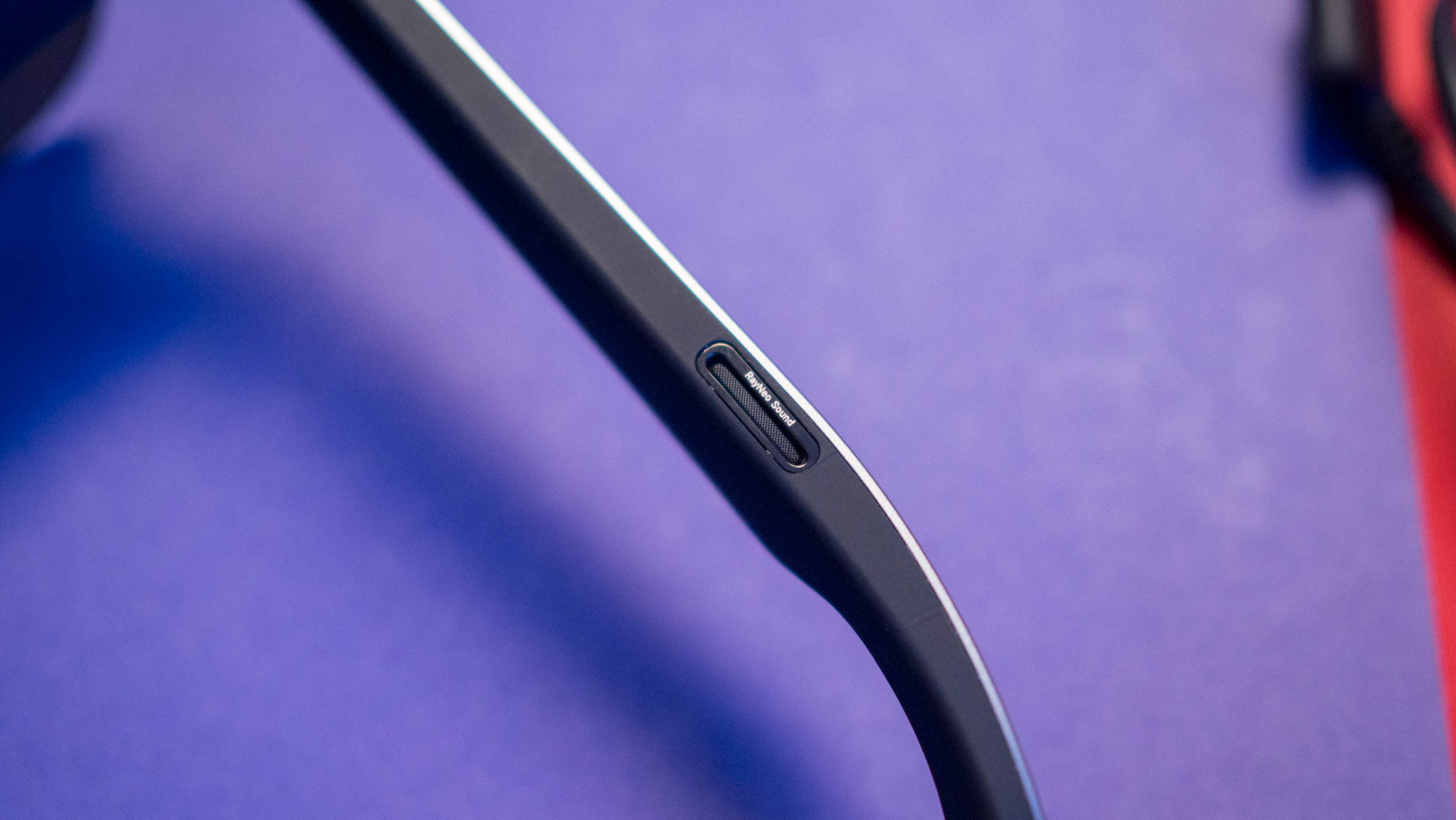
There's good weight balance, and you get decent adjustability with three angles to select from. That said, it takes a little bit of work to get a comfortable fit; I had to adjust the nose bridge and the positioning of the frame several times before I was able to use these glasses for any extended amount of time, and even then, they didn't quite fit right.
Get the latest news from Android Central, your trusted companion in the world of Android
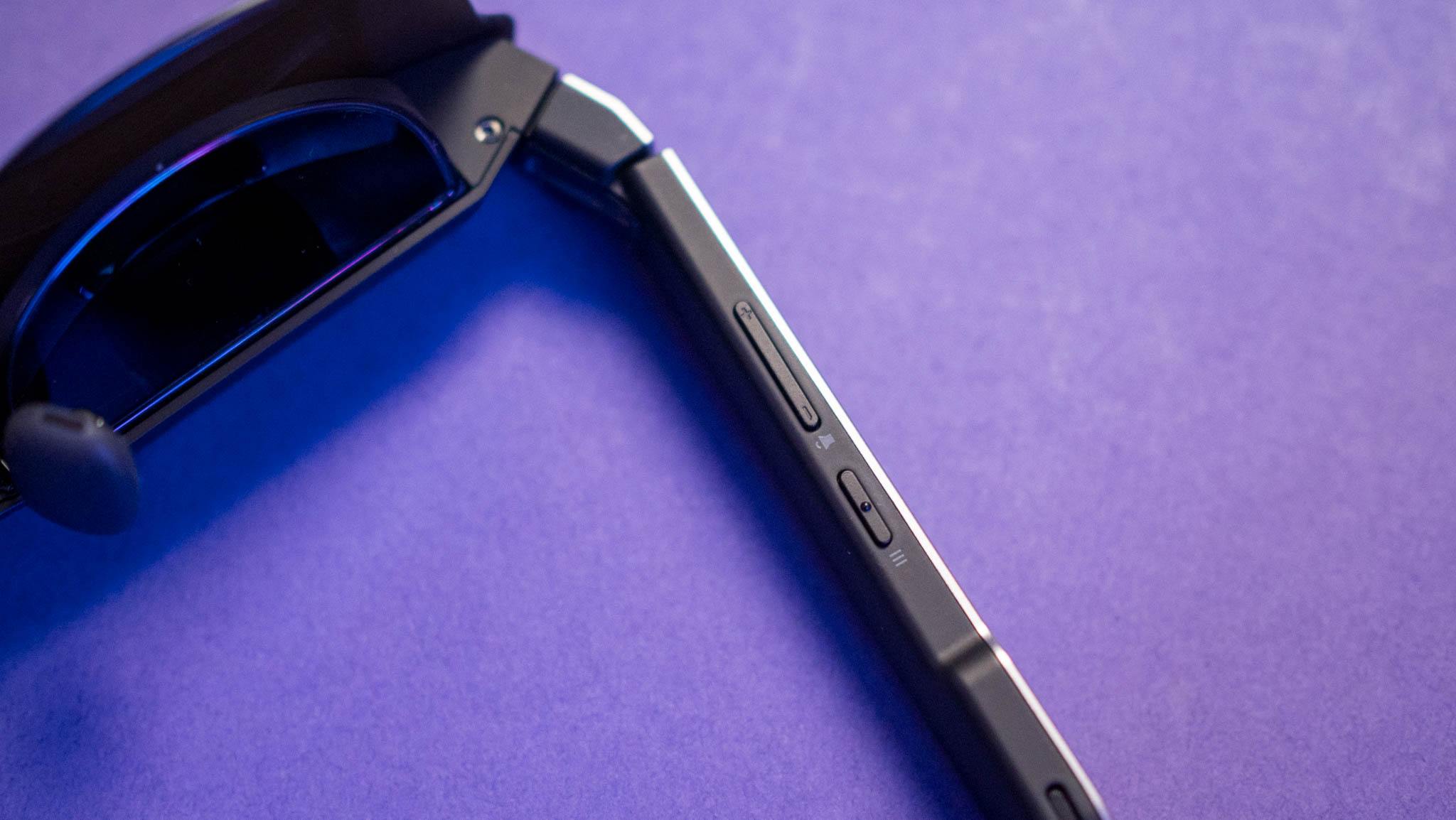
The glasses don't exert too much pressure on the nose or ears — RayNeo did a decent job distributing the weight of the glasses evenly across the body. However, the design and sizing of the glasses can lead to fatigue with extended use; my colleague Nick Sutrich also tested the Air 3S, and he wasn't able to get a comfortable fit, leading to strain with just 30 minutes of usage.
So if you've got your eye on these, I highly recommend trying out the glasses to see if you can get a good fit, as that makes all the difference.
RayNeo Air 3S: Features and real-world testing

The Air 3S retains the same control mechanism as the Air 2 and 2S; you get a brightness slider on the right, and the menu button and volume key on the left. The menu lets you switch between 60Hz and 120Hz, and there are four picture modes available: Standard, Game, Movie, and Eye Protection. I found the Movie mode to deliver the best color fidelity, and the Eye Protection mode switches to a warmer profile.
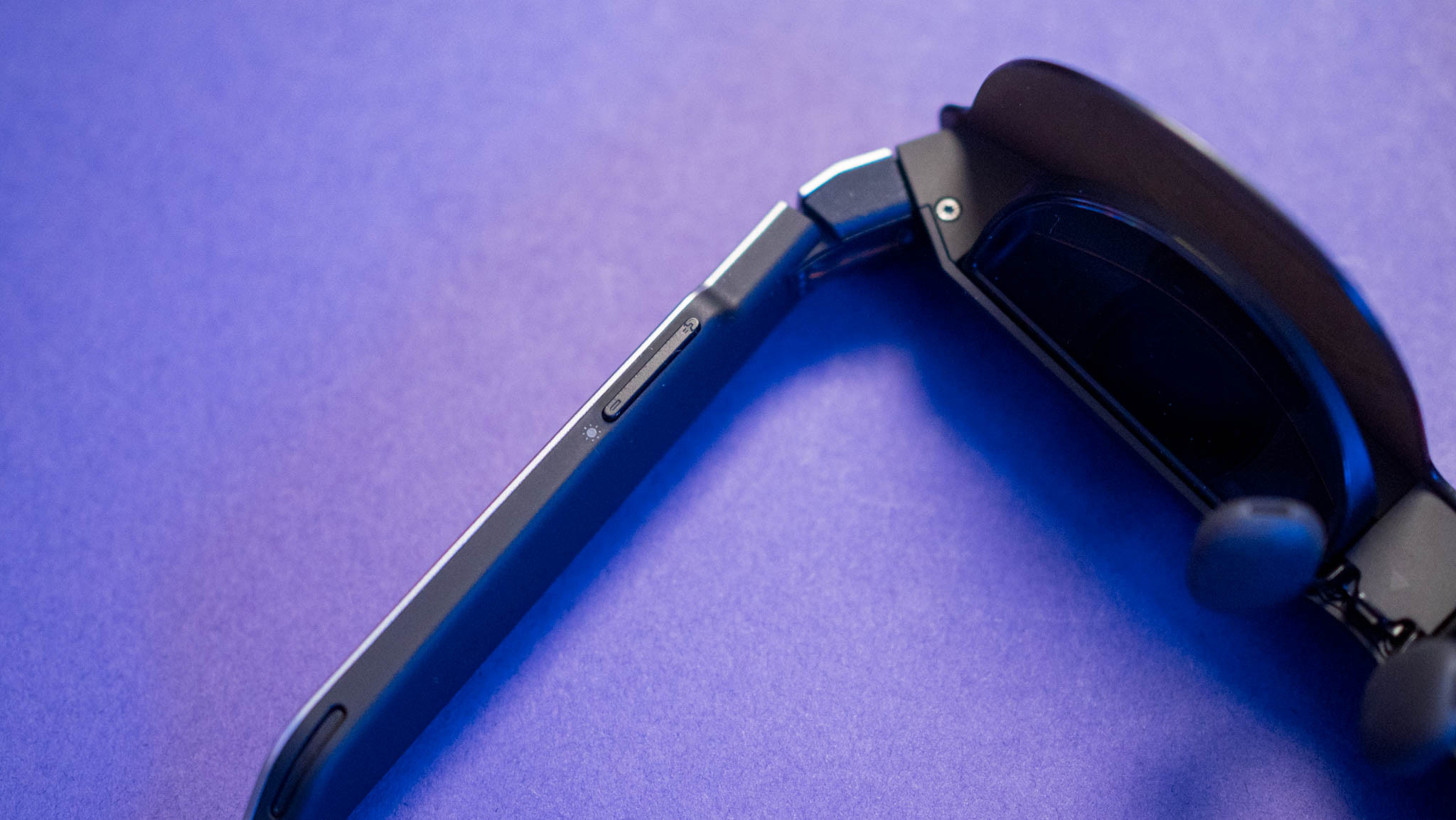
The inclusion of 3840Hz DC dimming means you don't have to deal with flicker, and that's a notable differentiator on these glasses. Another advantage is the sound; thanks to a quartet of audio drivers, the Air 3S produces immersive sound that gets astonishingly loud. There's also a quiet mode that prevents sound leakage, and it is pretty nifty if you're using these glasses outdoors.
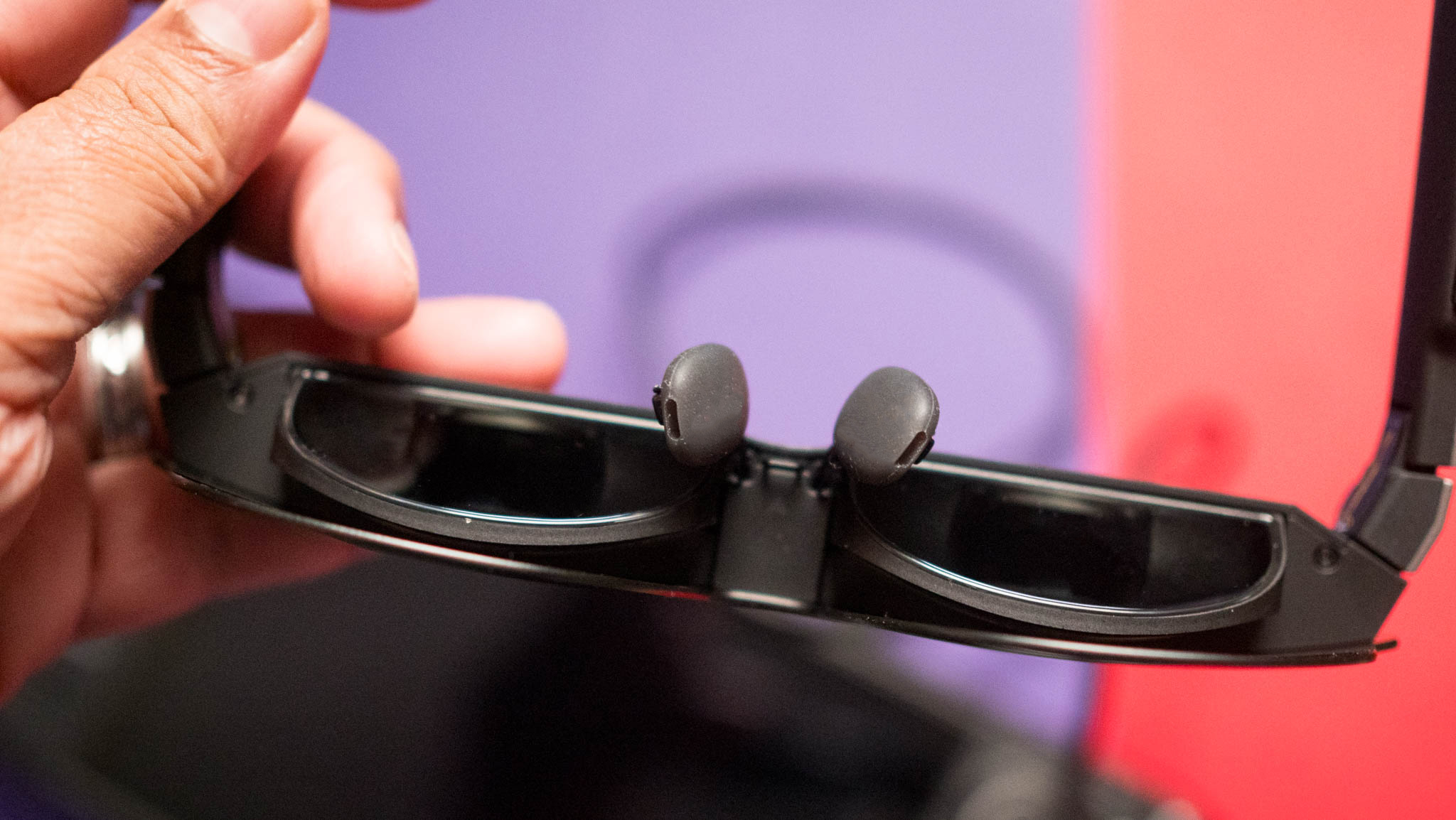
On that note, the front shade of the glasses is darkened, but it doesn't block out the world; if you're outdoors or in a room with a lot of ambient light, you will notice light leakage through the glasses. Other brands use electrochromic lenses that let you adjust the level of darkness, but as the Air 3S is aimed at the budget segment, it misses out on this mode.
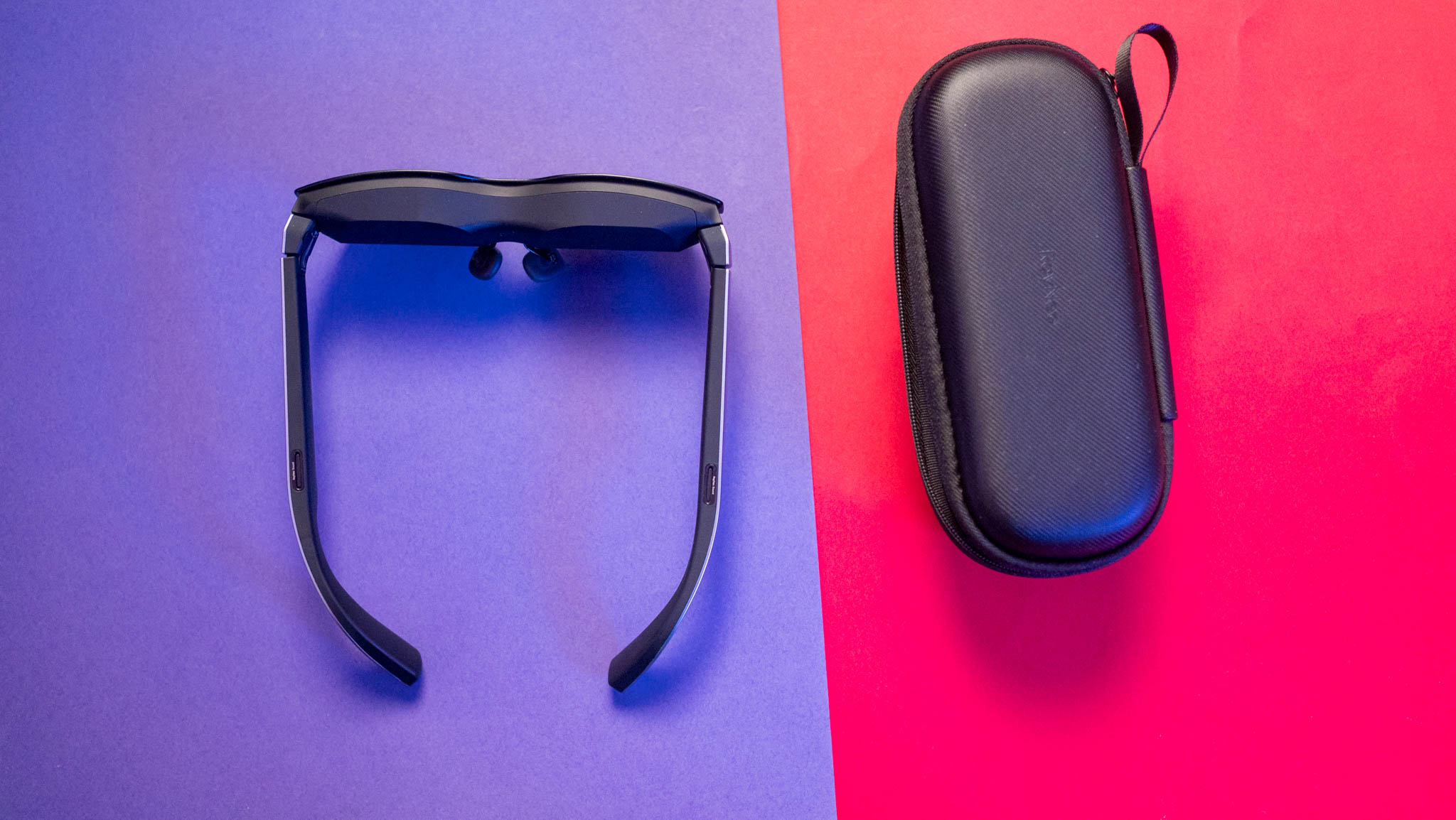
RayNeo bundles a hard shell case with the Air 3S, and it has a mesh pocket that holds the provided USB-C cable. Connecting the glasses to a USB-C device is as straightforward as it gets; just plug in the angled end of the USB-C cable to the Air 3S, and the other side to the source device. I used the glasses predominantly with my Steam Deck, but I didn't see any issues connecting to my Vivo X200 Pro or iPhone 16 Pro Max.
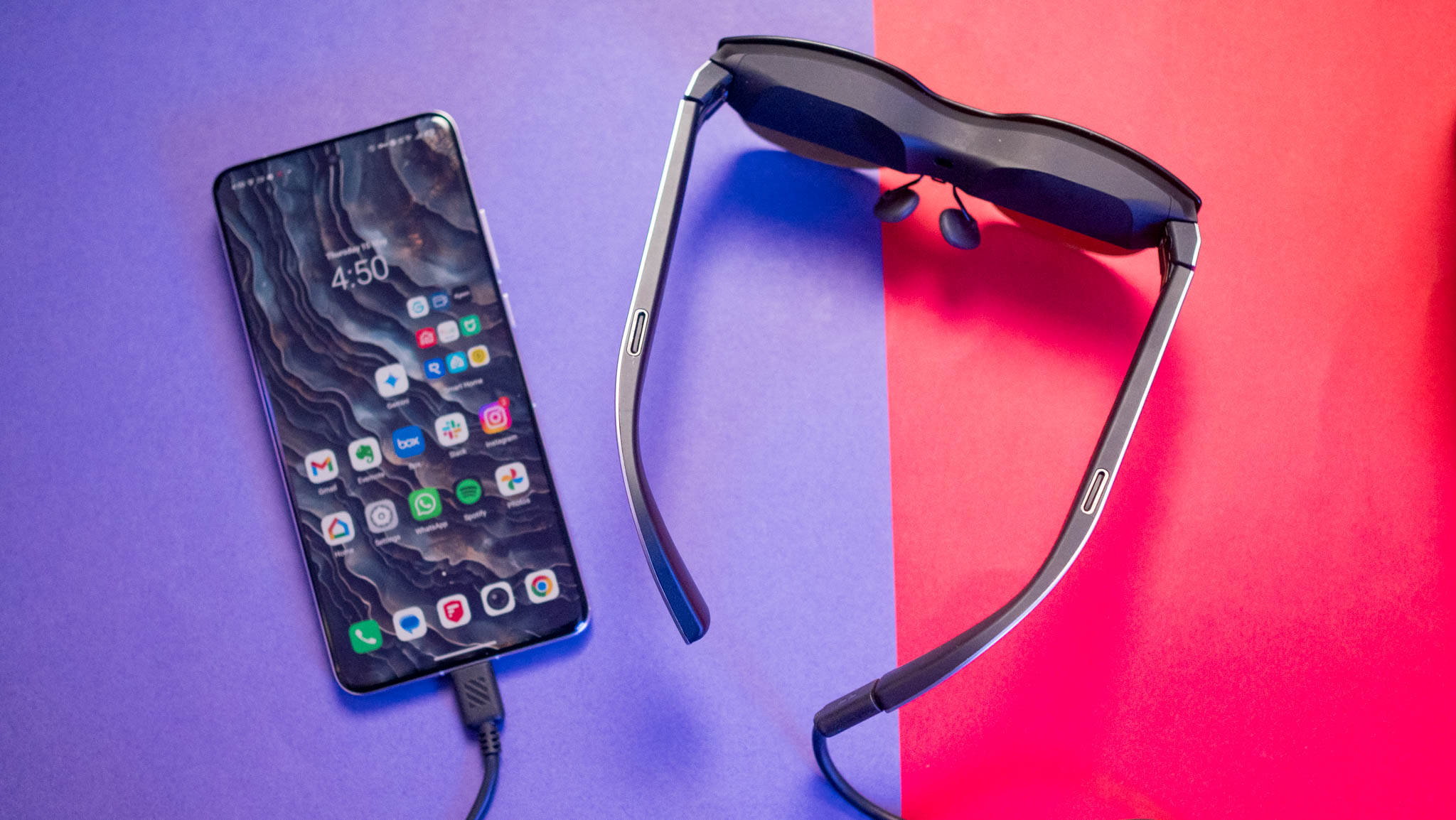
While it misses out on some of the extras you get with AR glasses, the Air 3S is a terrific choice if you're looking to play games or stream content. The 201-inch micro-OLED panel has vibrant colors, and it gets very bright. RayNeo is using a new image engine, and there's a noticeable difference in color balance against the Air 2S.
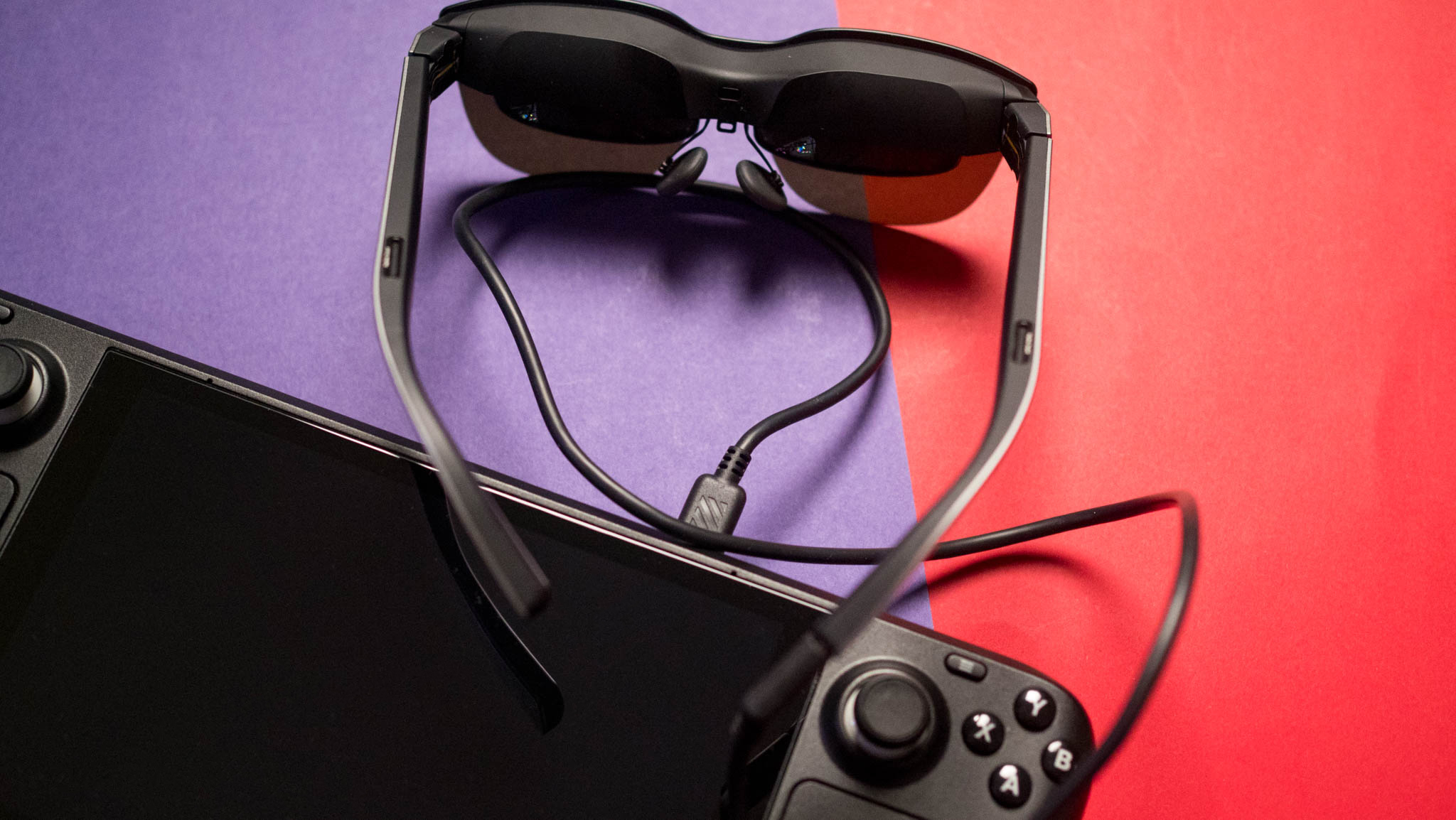
The glasses truly shine when gaming; playing Hades while connected to the Steam Deck was thoroughly enjoyable, and the ease of use is a definite plus point. The onboard sound is detailed, and while my usage of XR glasses is limited to RayNeo's products, the Air 3S sounds better than its predecessors.
RayNeo Air 3S: The alternatives
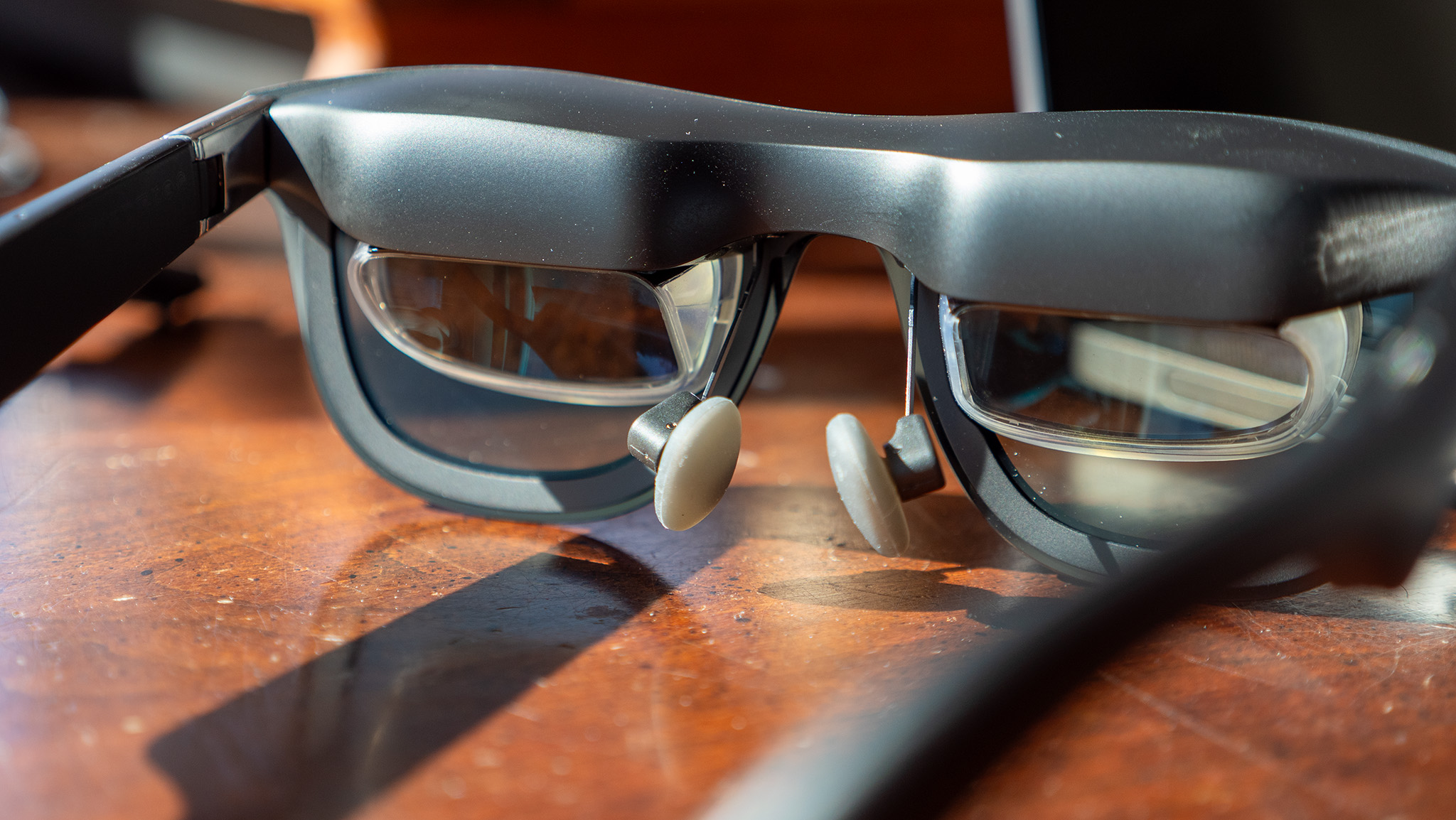
Xreal's One smart glasses are the standard in this category, and they have an elegant design with a better panel. They don't look quite as outlandish as the Air 3S, but coming in at $499, they cost twice as much.
RayNeo Air 3S: Should you buy it?

You should buy this if:
- You want XR glasses that are a good value
- You need a high-quality panel
- You want good color vibrancy and eye comfort features
- You need XR glasses with good built-in sound
You shouldn't buy this if:
- You need the best comfort
RayNeo understands this market well, and by selling the Air 3S at just $239, it is effectively undercutting every other brand. The XR glasses excel at the basics; you get a bright 201-inch projection with great colors and contrast, useful eye protection features, and detailed sound.
The fit is problematic, and using the glasses outdoors is a bit of a hassle as you don't get a fully tinted shade, but the pros significantly outweigh the cons. These glasses are particularly great if you're looking to play on the Steam Deck or Switch while on the go, and they're just as versatile with multimedia content.
Ultimately, it's the value that gives the Air 3S a definite edge; they're affordable enough that you can easily try out the glasses and see if they hold up to your intended use case.
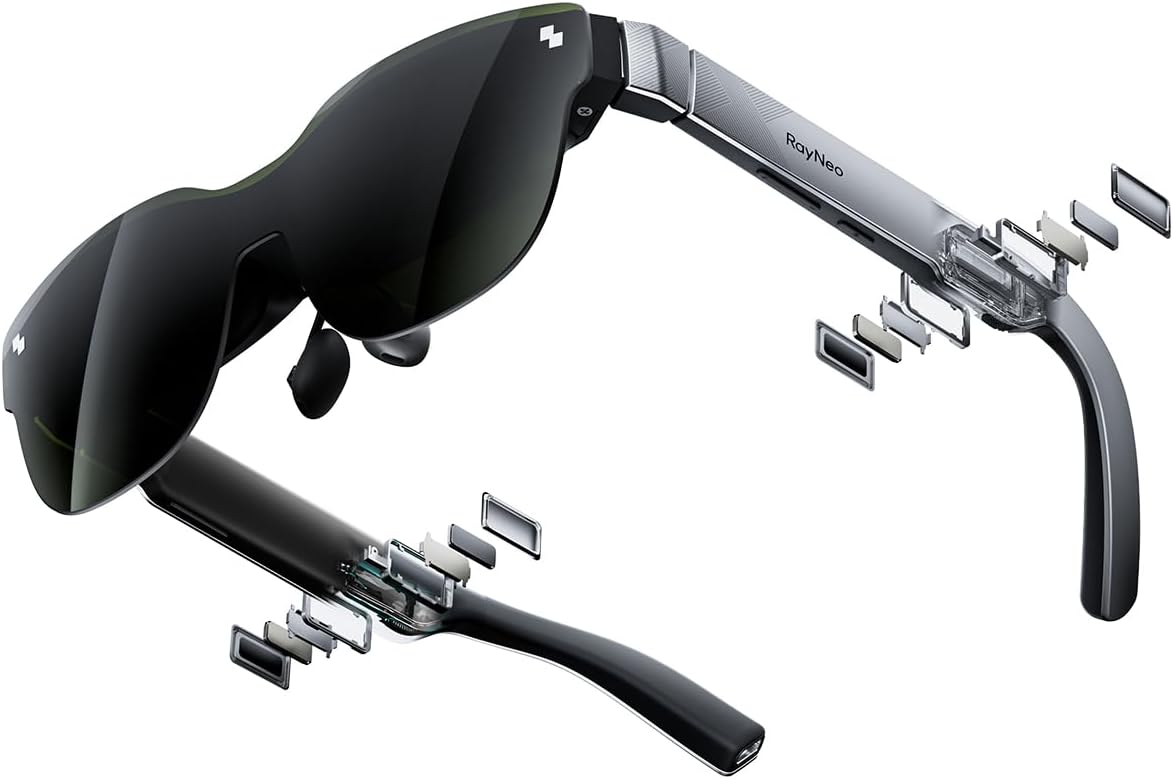
The Air 3S nails the basics, and the best part is the affordability — RayNeo is selling these glasses for a lot less than its rivals.

Harish Jonnalagadda is Android Central's Senior Editor overseeing mobile coverage. In his current role, he leads the site's coverage of Chinese phone brands, networking products, and AV gear. He has been testing phones for over a decade, and has extensive experience in mobile hardware and the global semiconductor industry. Contact him on Twitter at @chunkynerd.
You must confirm your public display name before commenting
Please logout and then login again, you will then be prompted to enter your display name.
